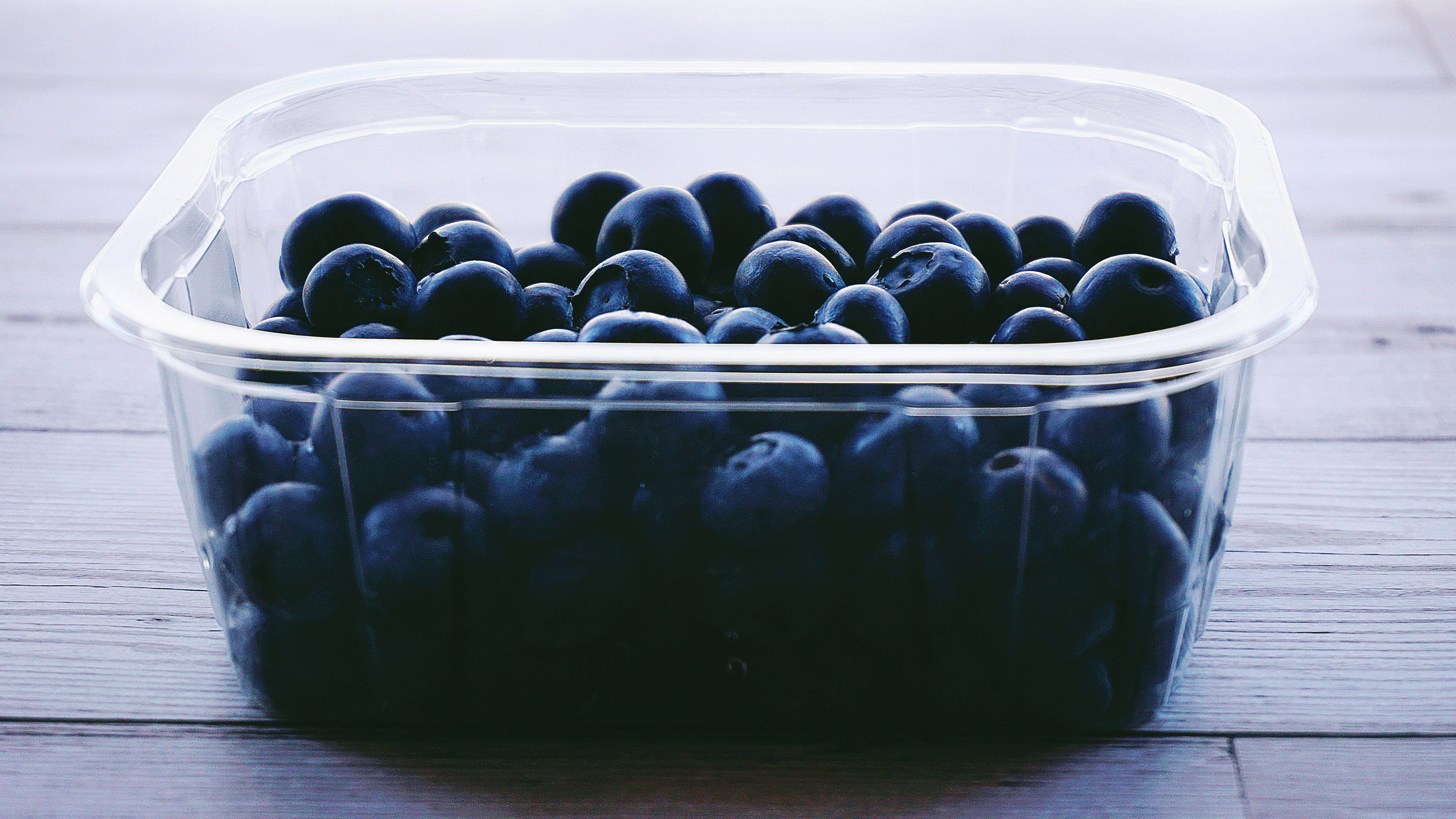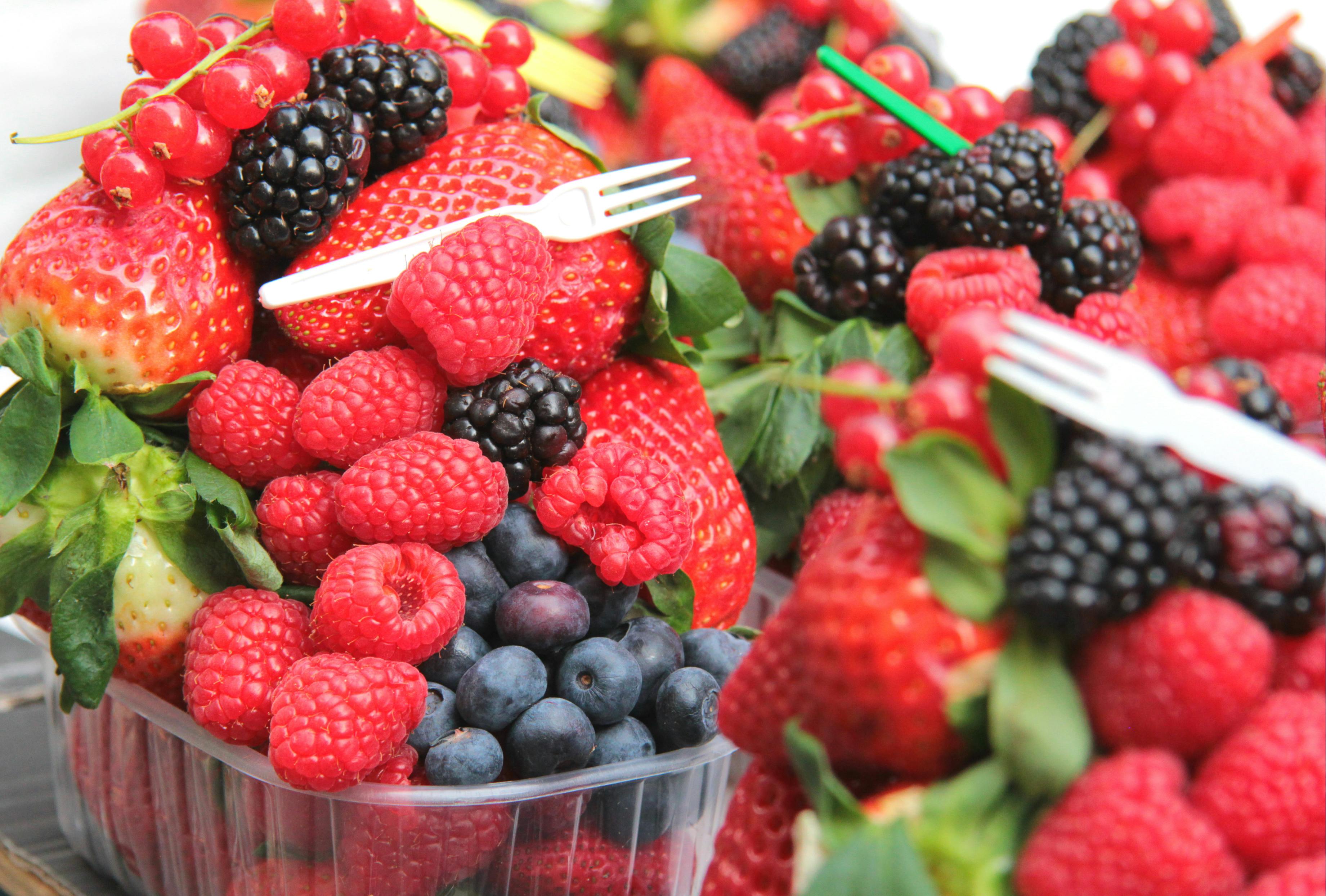If you are looking for a way to enjoy fresh blueberries all year round, overwintering blueberries in containers may be the perfect solution for you. Overwintering is a process of preparing blueberry plants for cold weather by gradually reducing temperatures and providing them with necessary winter protection. It can be a great way to keep your container-grown blueberries healthy and thriving for years to come. In this guide, we will discuss how to overwinter your container-grown blueberries and provide some tips on caring for them during the winter months.Preparing blueberry containers for winter can be a simple process. First, check the plants for any signs of disease or pests. If there are any signs, treat the plant with the appropriate pesticide or fungicide. Next, prune back any dead or diseased branches and remove any weeds that may be growing around the container. Once this is done, apply a thick layer of mulch around the base of the container to insulate it from cold temperatures. Finally, cover the container with a waterproof tarp or plastic sheeting to protect it from rain and snow during winter months.
Choosing a Container for Overwintering Blueberries
When it comes to overwintering blueberries, choosing the right container is essential for success. The size and type of container you select will determine how well your blueberries survive the winter months and how healthy they will be come springtime. The most important thing to consider when choosing a container for overwintering blueberries is the size. Blueberry bushes have large, spreading root systems and require plenty of space to thrive. A container that is too small will not allow enough room for the roots to develop properly and can lead to stunted growth or even death.
When selecting a container, make sure it is made from a durable material such as plastic or metal. Clay or terracotta pots can be used but should be lined with plastic to prevent cracking in cold weather. Also, consider the soil requirements of blueberries when selecting a pot; they prefer acidic soil with a pH between 4.5 and 5.5 and need good drainage so it’s important to select a pot with plenty of drainage holes in the bottom.
Finally, make sure your container has adequate ventilation so that air can circulate freely around the plant. This will help prevent mold or mildew from forming on the leaves or stems which could cause damage in colder temperatures. With these tips in mind, you can be sure that your blueberry bushes will survive the winter months and be ready to produce an abundance of delicious fruit come springtime!
Planting Blueberries in Containers
Growing blueberries in containers is a great way to enjoy fresh berries in your own backyard. Container gardening is ideal for those with limited space or who want to grow their own fruit without the hassle of maintaining a large garden. There are a few things to consider when planting blueberries in containers, including the size and type of container, the soil mix, and the amount of light your plants will need.
When choosing a container for your blueberry plants, make sure it is large enough to accommodate their root system and provide adequate drainage. A good rule of thumb is that each plant should have at least one gallon of soil. You can use plastic pots, wooden barrels, or even repurposed whiskey barrels for larger plants. It’s important to choose a container with drainage holes so that excess water can escape and not drown your plants.
The soil mix you choose will also affect how well your blueberry plants grow. You’ll want to use a mixture that has plenty of organic matter such as peat moss or compost and has an acidic pH level between 4-5.5. Adding sulfur to the soil can help lower its pH if needed. A good soil mix should also be well-draining so it doesn’t become soggy and cause root rot.
Blueberry plants need plenty of sunlight throughout the day in order to produce fruit, so make sure you choose a spot where they will get at least 6 hours of direct sunlight each day. If you live in an area with hot summers, you may want to choose a spot where they can receive some afternoon shade as well. You may also need to provide extra protection from windy conditions as this could damage young plants or cause them to dry out quickly.
Once you’ve selected the perfect pot and soil mix for your blueberry plants, it’s time to plant! Planting them at the same depth as they were in their original pot is ideal but be sure not to bury them too deeply—the crown (the part where roots meet stem) should remain above soil level for best results. Water thoroughly after planting and then water regularly during dry spells throughout the growing season for best results!
Soil Requirements for Overwintering Blueberries
Blueberries are a hardy fruit crop that can survive cold winters, but they need the right soil to do so. The ideal soil for overwintering blueberries should have a pH of 4.5 to 5.5, be well-draining yet hold enough moisture, and have plenty of organic matter. A sandy loam or loamy sand is generally the preferred soil type as it allows for good drainage and aeration while still holding enough moisture. If your soil does not meet these requirements, you may need to amend it with organic matter such as compost or peat moss. Adding organic matter helps to create a healthier environment for the roots of your blueberry plants, which in turn makes them more resistant to cold temperatures.
The soil should also be kept free from weeds and other competing vegetation. This is especially important in the fall when you are preparing the plants for winter dormancy. Weeds can steal valuable resources from your blueberry plants, making them more vulnerable to cold temperatures. You should also mulch around your blueberry plants in the fall with an organic material such as straw or wood chips. Mulching helps insulate the roots of your plants from extreme temperatures and provides extra nutrients as it breaks down over time.
Keeping your blueberry plants healthy throughout the winter months is essential for successful overwintering and bountiful harvests in spring and summer. With proper soil preparation and maintenance, you can ensure that your blueberry plants will thrive even during cold winter months!
Mulching to Protect Container-Grown Blueberries
Mulching is an important step in protecting container-grown blueberries from temperature extremes and weed competition. It helps to keep the soil moist and cool, as well as providing a barrier between the roots of the blueberry plant and any potential weeds. There are a variety of mulches that can be used for container-grown blueberries, including bark chips, straw, shredded leaves, pine needles, and wood chips.
When selecting a mulch for your container-grown blueberries, consider the texture and color of the mulch material. Bark chips provide a more open texture that allows water to penetrate easily. Straw is light in color and provides good insulation from heat. Shredded leaves are darker in color and provide more insulation from cold temperatures. Pine needles are dark in color and have an acidic quality which may help to adjust soil pH levels if necessary. Wood chips are more attractive than other types of mulch but may need to be replaced more often due to their tendency to decompose quickly.
When applying mulch to your container-grown blueberries, it is important not to pile it up too thickly around the base of the plant as this can cause too much moisture retention which can lead to root rot or fungal diseases. Spread it out evenly at least two inches thick around each plant, making sure not to cover any stems or new growth with the mulch material. This will help protect your plants from extreme temperature fluctuations while controlling weed competition at the same time.
Mulching should be done throughout the growing season for best results in protecting your container-grown blueberries from temperature extremes and weed competition. Be sure to check your plants regularly during the growing season for signs of weed competition or moisture stress so you can address any problems before they become serious issues. With proper care and protection, you can enjoy a bountiful harvest of juicy, sweet blueberries all summer long!

Watering Needs for Overwintering Blueberries
Overwintering blueberries require careful watering to ensure proper growth and development. It is important to maintain a consistent level of moisture in the soil during this period, as too little or too much can lead to poor plant health. During the winter months, it is recommended to water the plants once a week, providing a deep watering that penetrates 8-10 inches deep into the soil. This will help to ensure that the roots get enough moisture throughout the cooler months. When temperatures are milder, increase watering slightly but avoid over-watering as this can lead to root rot and other problems. Additionally, it is important to mulch around the base of the plants to help retain moisture and keep weeds down. This will also help protect the soil from winter winds and frost.
Fertilizing Container-Grown Blueberries During Winter
Fertilizing container-grown blueberries during the winter is important for the health and productivity of the plants. Blueberries require a balanced fertilizer to promote healthy growth and fruit production. A complete fertilizer should include nitrogen, phosphorus, and potassium in a ratio of 10-10-10 or 8-24-24. Other trace elements may also be beneficial, such as magnesium, sulfur, iron, manganese, boron, copper, zinc, and molybdenum.
The best time to fertilize blueberries in containers is when the plants are actively growing during late winter or early spring. If you are using a granular fertilizer, apply it lightly around the base of each plant at a rate of one to two tablespoons per plant. Water the fertilizer into the soil slowly and thoroughly to avoid burning the plant’s roots. Organic fertilizers such as compost or manure can also be used in place of synthetic fertilizers.
It is important to monitor soil pH levels throughout the growing season. Blueberries prefer slightly acidic soils with a pH between 4 and 5.5. If your soil tests above this range, you can add an acidifying material such as sulfur or aluminum sulfate to lower it. If your soil is too alkaline (pH higher than 7), you may need to add lime or wood ashes to raise it back up within range.
In addition to regular fertilization during winter months, container-grown blueberries may also benefit from occasional applications of liquid seaweed extract throughout the growing season which helps promote healthy growth and protects against disease and pests. Seaweed extract can be applied directly on top of the soil around each plant at a rate of one tablespoon per gallon of water every two weeks during active growth periods.
Removing Dead Leaves and Branches for Winter Protection
Removing dead leaves and branches in the fall can be an important part of protecting your trees and shrubs from the harsh winter weather. Pruning in the fall helps to reduce damage from storms, freezing temperatures, and other environmental stressors that can occur during the winter months. It also helps to improve airflow through the tree canopy, promoting healthier growth in the spring.
When removing dead leaves and branches, it is important to use pruning techniques that will not damage your tree or shrub. Proper pruning tools such as bypass shears or loppers should be used to make clean cuts at a 45-degree angle away from the branch collar. Always avoid leaving stubs or cutting too close to the trunk of your tree or shrub. Doing so can cause damage that can leave your tree vulnerable to pests and disease.
It is also important to be aware of any diseases or pests that may have been present on your tree before pruning. If you notice any signs of a diseased branch, it should be removed immediately as these branches are more likely to spread disease throughout the rest of the tree once they have been cut. Once you have removed all of the dead leaves and branches, it is also important to apply a fungicide or insecticide as an extra layer of protection against disease and pests.
Finally, remember not to over-prune your trees or shrubs during this process as this can weaken their structure and make them more vulnerable to winter weather damage. Prune judiciously with an eye toward maintaining healthy growth for years to come!

Conclusion
Winterizing blueberries in containers is a simple process that will ensure you have a healthy crop of berries for the following season. Providing adequate protection from cold temperatures, including mulching and wrapping the container, will ensure that your plants survive the winter. Additionally, keeping the soil evenly moist throughout the winter season is important to keep your blueberry plants healthy. Finally, be sure to prune your plants each year to keep them from becoming overgrown and maintain their size. With just a few steps, you can overwinter your blueberry plants in containers with ease.
By following these tips and taking the necessary precautions, you can enjoy a bountiful harvest of fresh blueberries each year without worrying about the health of your plants or their ability to withstand cold temperatures. Your blueberry plants should thrive when overwintered in containers if you follow these tips and take proper care of them.



